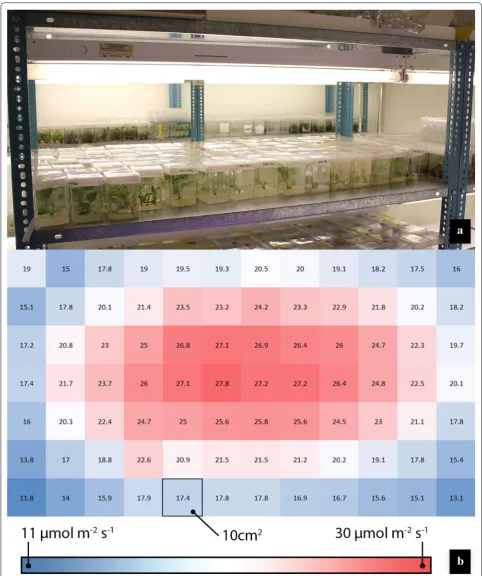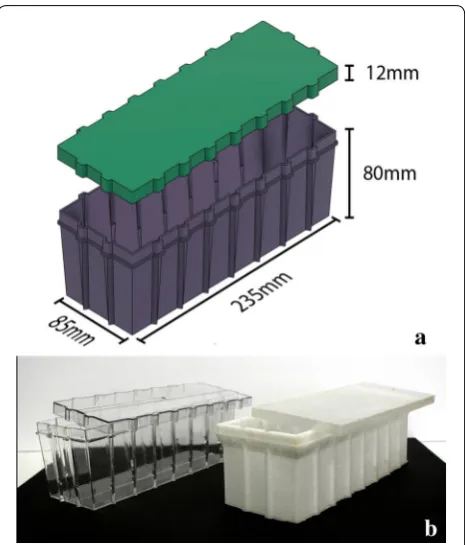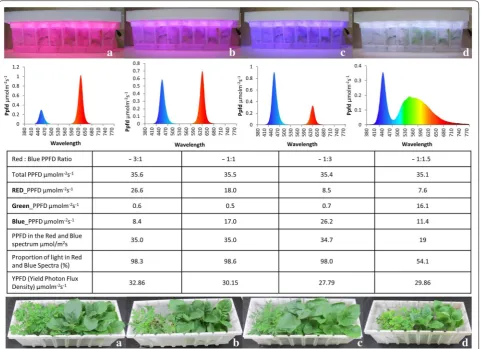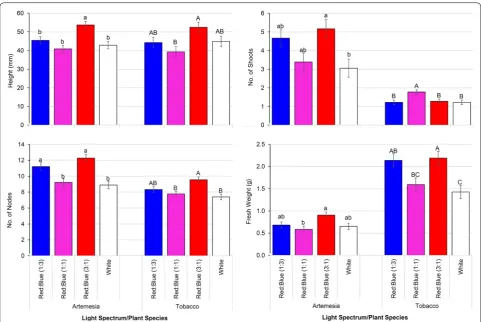Application of 3D printing to prototype and develop novel plant tissue culture systems
Full text
Figure




Related documents
In this study, the rheological properties, development of mechanical strength, bleeding, setting time and resistance towards acid erosion of thick superplasticizer grouts
WWW.EMALL.DLA.MIL Distributed Architecture Order Status Shopping Cart Search Depots, & DRMS Vendors Defense Automated Addressing System Welcome Log in & Service
One of the important points of departure for us as the editors of this special issue was the hypothesis that, whilst the concepts of immaterial and affective labour – as theorised
● Group by Administrative Access: Server Admins/Lab Admins ● Groups for Application Deployment. ● Groups for
On their front or longitudinal sides, the bus bars 2, 3 also present connection tabs 6, 7 which are disposed such as to be also fixed to the edge of the printed circuit board1.
According to the findings on objective three, the statutory protection to the right to privacy against mobile phone usage does not provide direct clue as majority of the
agrees with the values of the packet length obtained by simulations in [6] for the same case of an IEEE 802.11b WLAN under the interference of an IEEE 802.15.4 WSN. 3) The WLAN PLR
The total number of minutes of use (MOU) made by fixed line subscribers (fixed wireline and wireless) or mobile subscribers to national fixed lines within a period of one

